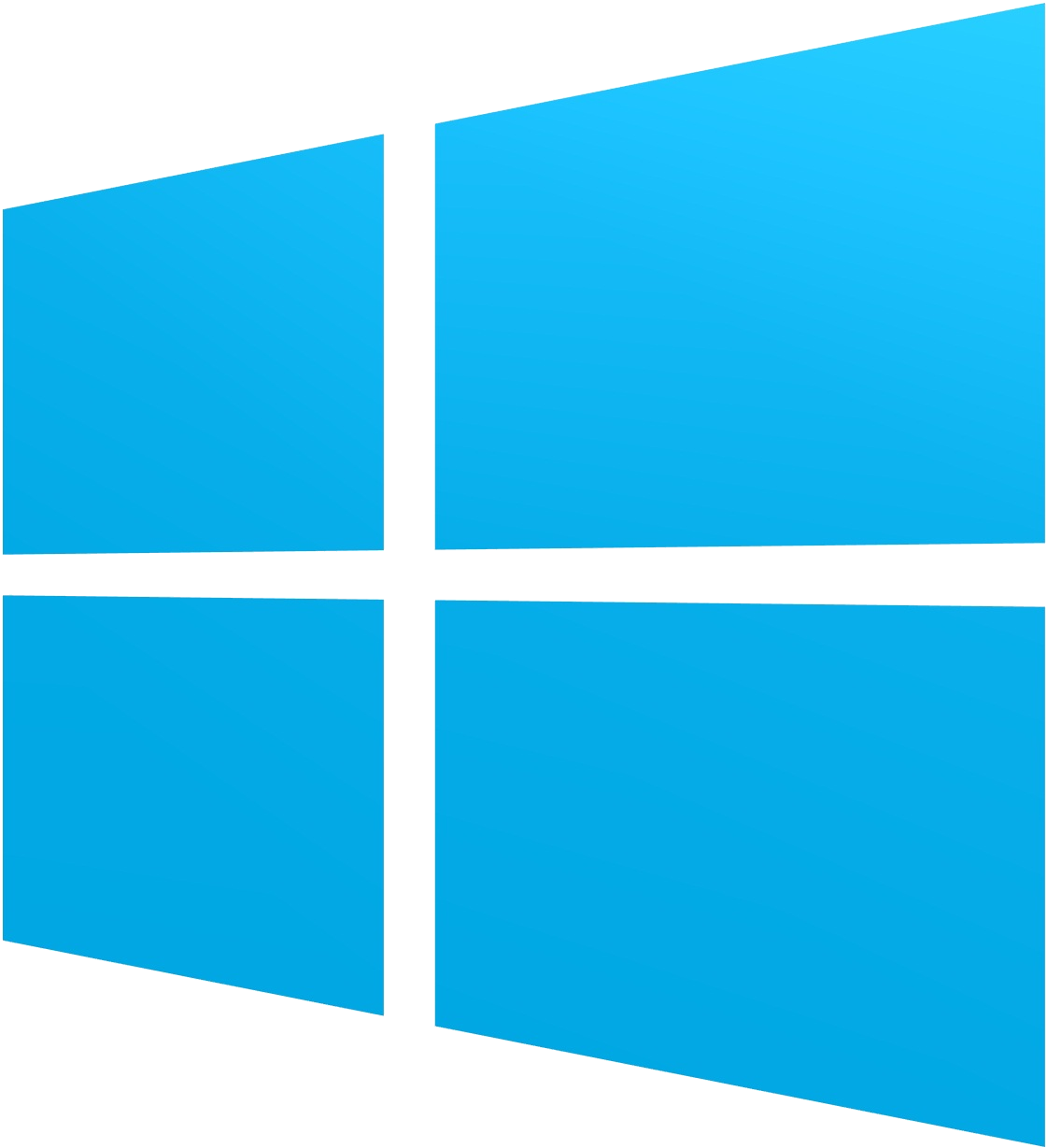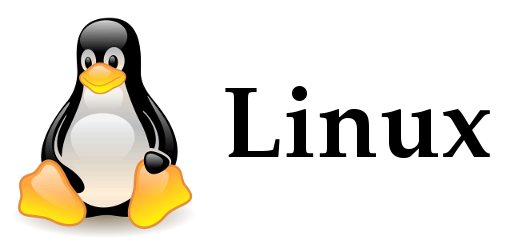Most businesses pay little head when it comes to choosing an operating system. This can be quite a costly mistake in the long run as it can put serious restrictions on the applications that you would be able to run. The result – slower services and websites that would take ages to load. Most businesses would choose between Windows and Linux. So here, in this article let us take a look at both these operating systems and this would help you make a better choice.
Windows
 Image Source: www.logos.wikia.com
Image Source: www.logos.wikia.com
Microsoft Windows is the first choice operating system for most businesses and with every three out of four systems running on this celebrated OS. Windows Server 2008 and 2012 are great server options and power top businesses in the world. Both these versions of Windows have their fan following among the IT admins. Windows supports Hyper-V which is Windows Server Virtualization a native hypervisor that allows you to create virtual machines on x86-64 systems. You can run it alongside other applications thus minimizing your hardware requirements. Server 2008 and 2012 also allows you to operate applications on the Internet using Remote Desktop Services thus allowing users to run Windows without having to install it on their local workstations.
Cost is one factor that goes against Windows. License fees are very expensive with Windows Server and when you have a large number of employees using it, the costs can really go up. This is what prevents most start-ups and smaller organizations from opting for Windows. Also you need to consider the availability of support. Server 2008’s support ends in 2015 while the extended support will continue till 2020. So, if you are looking at a 10 year time-frame you might have to run an operating system without support if you choose Server 2008 and this makes your system prone to security issues.
Linux
The biggest advantage of Linux is that it is free and you can modify and re-distribute it without having to spend a cent on it. Another advantage of this operating system lies in the fact that you can easily configure the use of the components depending on the needs of your business making Linux put less stress on your server and reduce the resource load considerably. On the safety factor it scores over Windows and is less prone to attacks.
This sounds lucrative for any business but hang on it is not a complete operating system and just a kernel. You would need to choose one among the many flavors of Linux which are often termed as flavors. Ubuntu, Red Hat and SUSE are among the most popular ones and here is where the challenge lies. While SUSE is popular with the enterprise market and being used by some of the leading financial institutions in the world it isn’t as user-friendly as Ubuntu. If you are looking to migrate from Windows to Linux, SUSE would be a better choice as it is compatible with Windows applications such as Active Directory and SharePoint.
But the biggest downside lies with the fact that Linux can often be very hard to master. It would test the skills of your IT admin with average employees finding it quite tough.
The Final Verdict
Both Windows and Linux have their pros and cons and your choice should completely be based on your needs. Having said that, you need to also foresee your needs for the future as migrating from one system to another may involve lot of expenditure and extensive training. Scalability and security of the system should be your prime concern. To minimize the risk you can build a test system with both these operating systems and figure out their performance before zeroing in on one.

